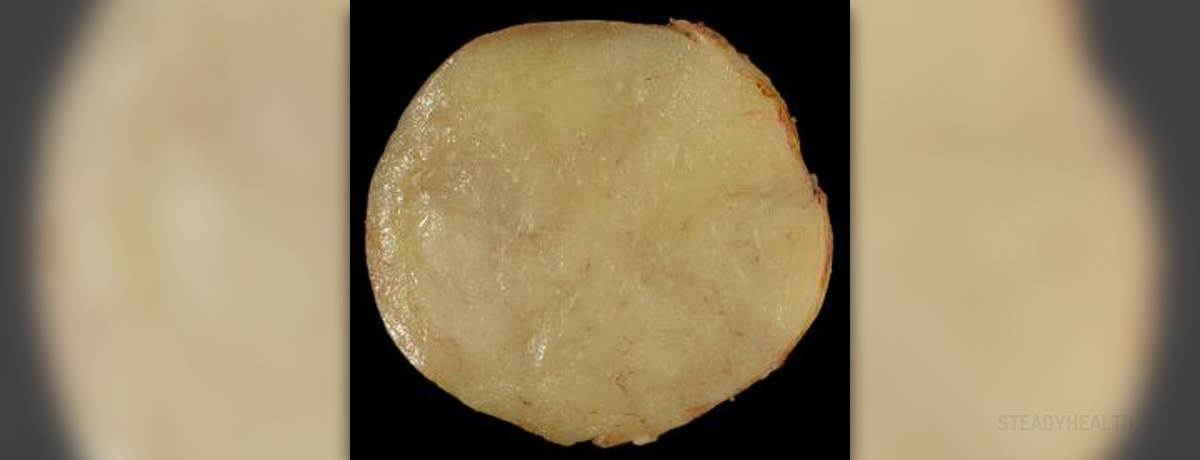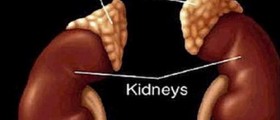
Lipoma is a being tumor that consists of fat tissue. The tumor is not painful. It is elastic and is not fixed to the surrounding tissue. It can grow on any part of the body but it is most commonly formed under the skin. Lipomas start as rather small tumors not exceeding the length of few centimeters. Still if not surgically removed on time they can even grow bigger. In extremely rare situations these tumors can transform into malignant lipomas which are classified as liposarcomas. However this does not happen often. There are some scientists who are convinced that there is no transformation at all and that the tumor is from the very beginning malignant.
In cases there are no problems connected to lipomas they do not have to be treated at all. But, if a patient is not satisfied with the physical appearance of the tumor or in that case it continues growing there are several treatment modalities. Injections with steroid medications may be helpful in reduction in size of the tumor. Still lipomas may not be fully removed with this treatment option. Liposuction which is an intervention that uses large syringes to remove fat tissue can be performed as well. It does not have to be efficient in all cases as the entire lipoma may not be removed with liposuction. This leads to the last and most effective treatment modality the surgery.
A simple surgical procedure is performed in case of lipomas. Patients are not hospitalized and they go home straight after the procedure. The operation is done under the local anesthesia. Patients are awake and possible risks of general anesthesia are this way evaded. Local anesthetics are administered in the surrounding tissue of lipoma. After the resection of the tumor and stitching of the operated area a patient may experience some pain. A surgeon must pay attention to fibrous capsule of the tumor which ought to be eliminated entirely as if it is left the tumor may reoccur. The pain is dealt with over-the-counter medications. Only in case that tumor is large and on the place where surgeon has to cut deep down in the surrounding tissue to remove the tumor completely one may be operated under general anesthesia.
After the tumor removal it is send to patohistological examination so that it can be confirmed as benign.
Patient who have already had lipomas are prone to new ones. So it is no wander if they develop additional tumor which does not have to be on the exact place of the previous tumor.

















Your thoughts on this
Loading...